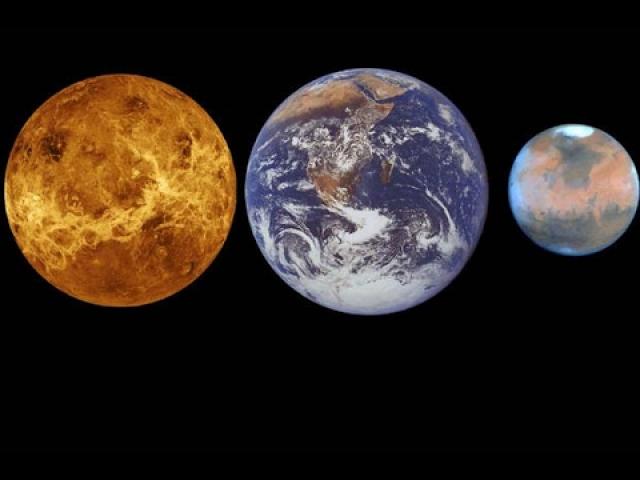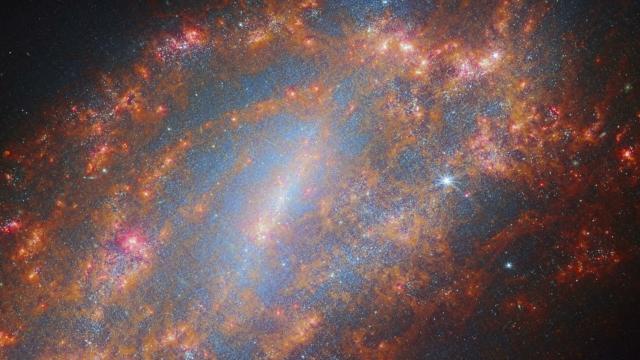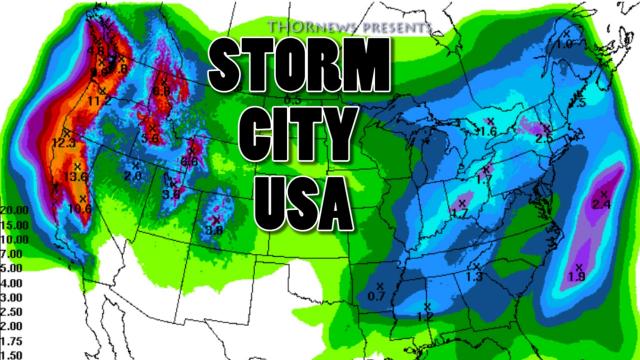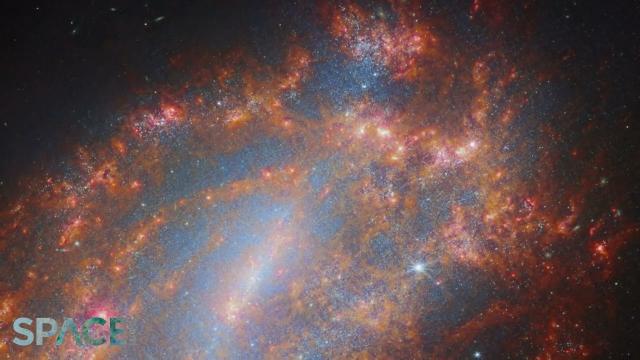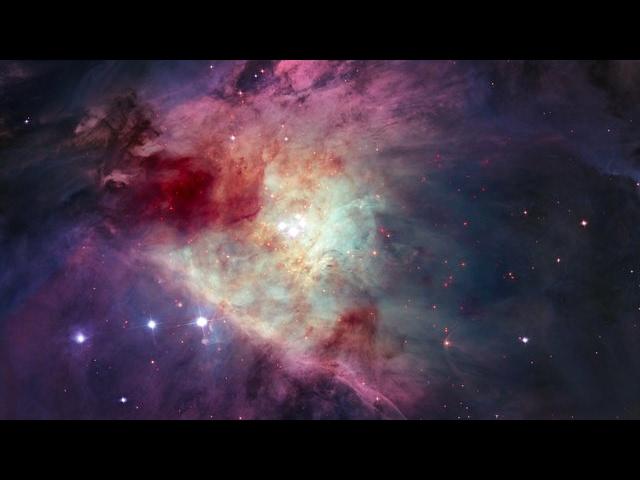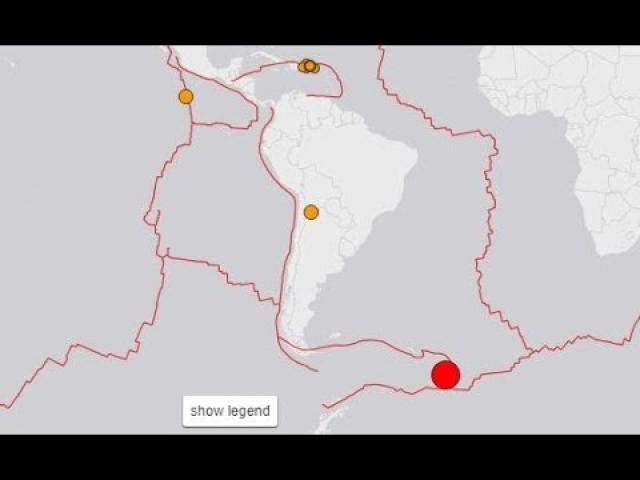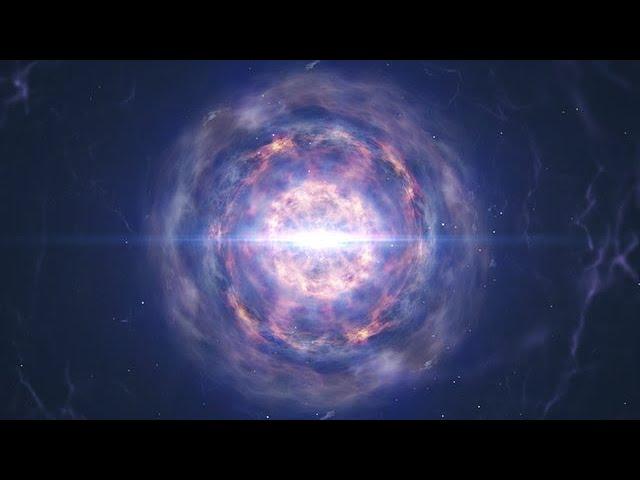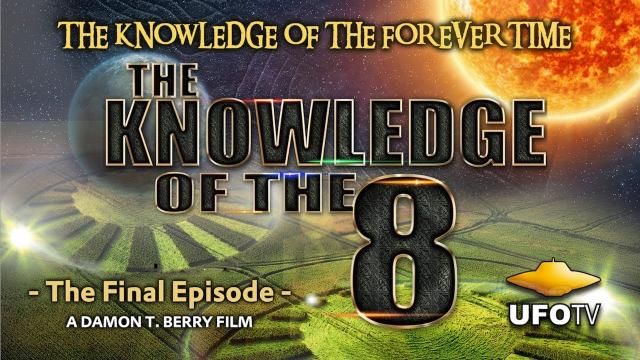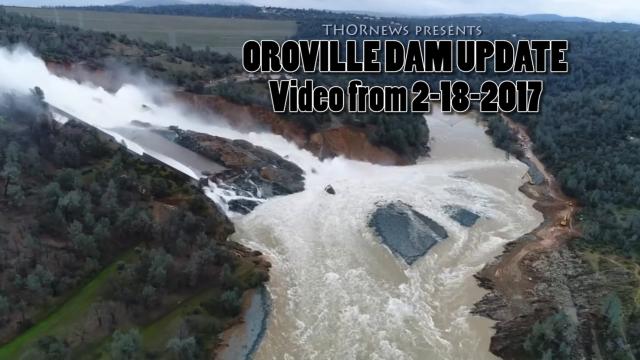Pan: NGC 1559
Description
The magnificent galaxy featured in this Hubble Picture of the Week is NGC 1559. It is a barred spiral galaxy located in the constellation Reticulum near the Large Magellanic Cloud, but much more distant at approximately 35 million light-years from Earth. Hubble last visited this object in 2018. The brilliant light captured in this image offers a wealth of information, which thanks to Hubble can be put to use by both scientists and the public.
This picture is composed of a whopping ten different images taken by the Hubble Space Telescope, each filtered to collect light from a specific wavelength or range of wavelengths. It spans Hubble’s sensitivity to light, from ultraviolet around 275 nanometres through blue, green and red to near-infrared at 1600 nanometres. This allows information about many different astrophysical processes in the galaxy to be recorded: a notable example is the red 656-nanometre filter used here. Hydrogen atoms which get ionised can emit light at this particular wavelength, called H-alpha emission. New stars forming in a molecular cloud, made mostly of hydrogen gas, emit copious amounts of ultraviolet light which is absorbed by the cloud, but which ionises it and causes it to glow with this H-alpha light. Therefore, filtering to detect only this light provides a reliable means to detect areas of star formation (called H II regions), shown in this image by the bright red and pink colours of the blossoming patches filling NGC 1559’s spiral arms.
These ten images come from six different observing programmes with Hubble, running from 2009 all the way up to the present year. These programmes were led by teams of astronomers from around the world with a variety of scientific goals, ranging from studying ionised gas and star formation, to following up on a supernova, to tracking variable stars as a contribution to calculating the Hubble constant. The data from all of these observations live on in the Hubble archive, available for anyone to use — not only for new science, but also to create spectacular images like this one! This image of NGC 1559, then, is a reminder of the incredible opportunities that the Hubble Space Telescope has provided and continues to provide.
Besides Hubble’s observations, astronomers are using the NASA/ESA/CSA James Webb Space Telescope to research this galaxy in even greater depth. This Webb image from February showcases the galaxy in near- and mid-infrared light.
More information and download options: http://esahubble.org/videos/potw2438a/
Credit:
ESA/Hubble & NASA, F. Belfiore, W. Yuan, J. Lee and the PHANGS-HST Team, A. Riess, K. Takáts, D. de Martin & M. Zamani (ESA/Hubble), N. Bartmann (ESA/Hubble)
Music: Stellardrone - Billions and Billions


